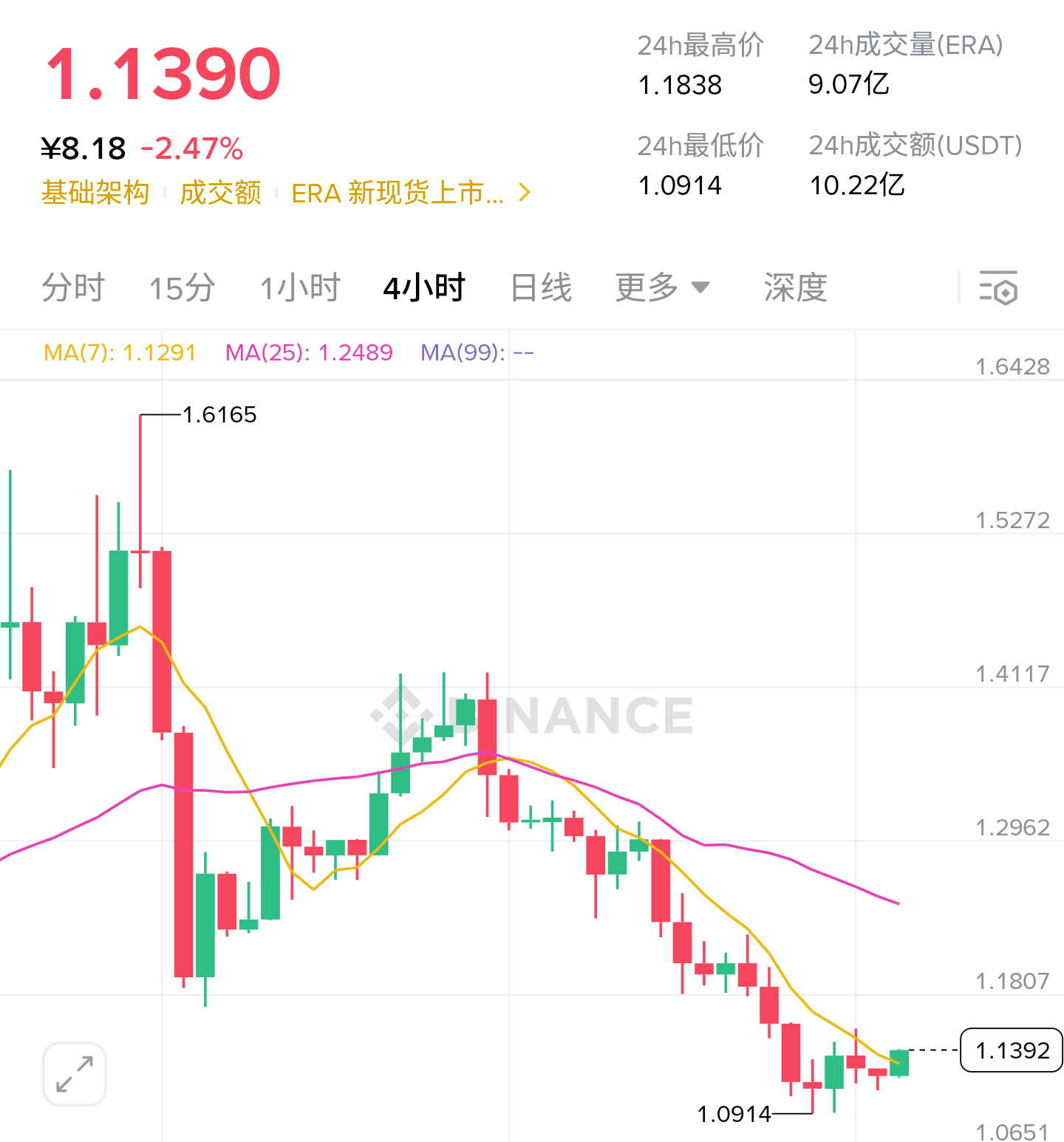When Spanish colonizers landed in the Caribbean with ships full of gold and silver, they did not know that the shell beads 'wampum', regarded as treasures by the indigenous people, were rapidly losing their value. The metal currency brought by newcomers washed away the ancient consensus of value like a tide. The history of human civilization is an epic of value carriers constantly dissolving and reconstructing—from shells to gold, from paper currency to digital tokens.
Now, we stand at the crossroads of the digital age, witnessing the token economy fall into a profound alienation.
Tokens should be the value symbols granted to the digital world by blockchain, the programmable trust carriers in smart contracts. However, when the frenzy of 'liquidity mining' swept the market, and 'staking rewards' became the only measure of value, the essence of tokens was quietly distorted. They were simplified to the fluctuating candlesticks in exchanges, reduced to tools for arbitrage in the hands of speculators. We are obsessed with the illusion of financial games, yet we forget the promise made at the dawn of blockchain: to build a value exchange network without trust intermediaries.
When all tokens are chasing liquidity, ERA is trying to solidify trust.
ERA's token design does not indulge in the complex nesting of financial engineering but returns to the most primitive and essential function of value carriers: as the cornerstone of a new social contract in the digital world, it does not aim to replace existing token economic models but provides a paradigmatic supplement and elevation.
Beyond financial governance media: ERA liberates tokens from being purely financial assets, transforming them into 'votes' and 'fuel' for DAO (Decentralized Autonomous Organization) governance. In the ERA ecosystem, holding tokens not only signifies potential economic benefits but also represents the rights and responsibilities of participating in community rule-making, resource allocation, and project direction decision-making. Like the elders holding shells in ancient tribal meetings, your token share is your credential for participating in the governance of the digital tribe.
Measuring value consensus: In the complex digital collaboration network, how do we measure a contributor's value? Is it the number of lines of code? Community activity? Or the impact of creativity? ERA attempts to construct a more refined and human-centered contribution assessment system. Here, tokens become a fluid 'measuring stick of value consensus'. They record every effective interaction and every recognized contribution you make in the community, transforming into quantifiable, community-endorsed reputation capital. This capital can be exchanged for resources, can gain influence, and can circulate in a larger collaborative network.
Passage for protocol services: In the ecosystem envisioned by ERA, core infrastructure and high-value protocol services (such as unique privacy computing layers, high-throughput access to specific application chains, limited AI model calling quotas, etc.) will require the consumption or locking of ERA tokens to obtain. This is not setting a barrier but establishing a sustainable resource allocation mechanism based on contribution and participation. At this moment, tokens serve as 'tokens of authority', symbolizing identity and permissions for entering the core area of the digital city-state.
Tokens are the basic threads that weave social relationships in digital civilization.
ERA's vision is to return tokens to their authentic role as 'carriers of a new social contract'. It does not seek to be a leader in the tumult of financial markets but is dedicated to becoming a resilient node in the trust network of the digital world. While countless projects chase the next hundredfold myth in the clamor, ERA chooses to dive deep to build the invisible trust foundations necessary for the future digital civilization.
Beyond the flashing candlestick charts of exchanges, beneath the clamor of market calls, humanity's exploration of building new collaborative relationships and establishing new value consensus has never ceased. From the clay tablet contracts of Mesopotamia to smart contracts on the blockchain; from the 'stone money' of Pacific islands to encrypted tokens on distributed ledgers—we have always sought trustworthy commitments and anchors of value among groups.
When all tokens are chasing liquidity, ERA is trying to solidify trust. It is not a universal key, but it provides a possible antidote to the alienation of value carriers in the digital age. It reminds us that beyond the clamor of financial attributes, tokens carry the historical mission of building a new type of social contract and reshaping paradigms of collaboration.
True value never floats at the tip of the market; it settles in the deep structures of human collaboration.
In some possible future, people might discuss ERA's role in early digital civilization as they talk about the role of shells in primitive trade—a simple effort to anchor value and coalesce consensus amidst chaos. It may not be the most dazzling, but its very existence is a questioning and return to the essence of value in the digital world.
When future generations gaze upon us today, the candlestick charts of exchanges will eventually blur into a chaotic background noise, while what truly leaves a mark in the river of time will be those brave attempts to depict the eternal needs for collaboration and trust among humans, like ancient cave paintings.
#Caldera #Calderaxyz @Caldera Official $ERA @币安广场
